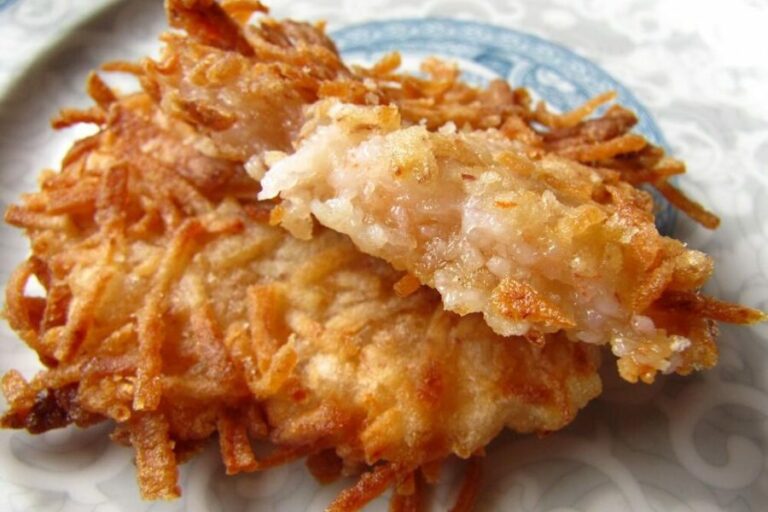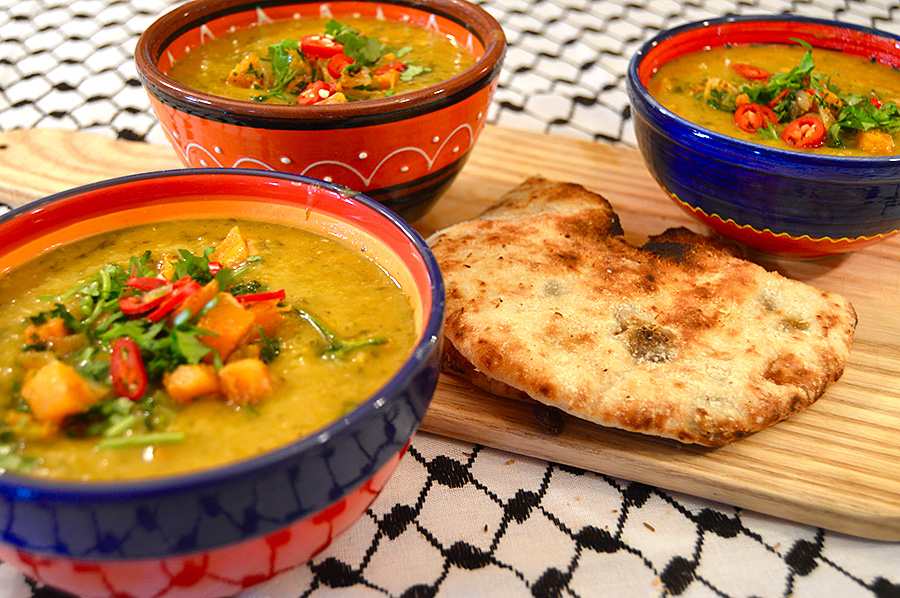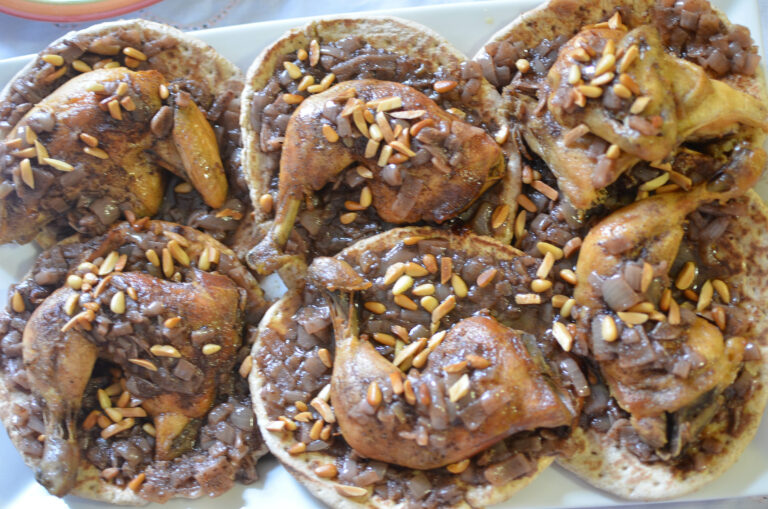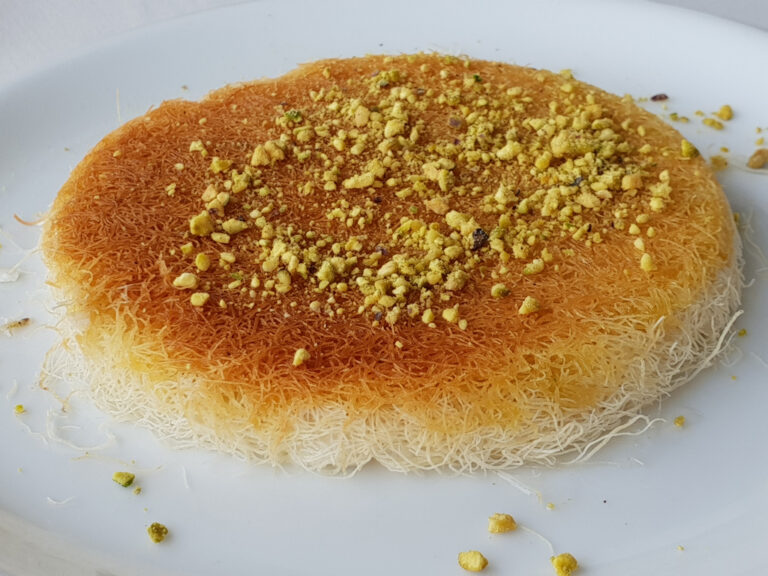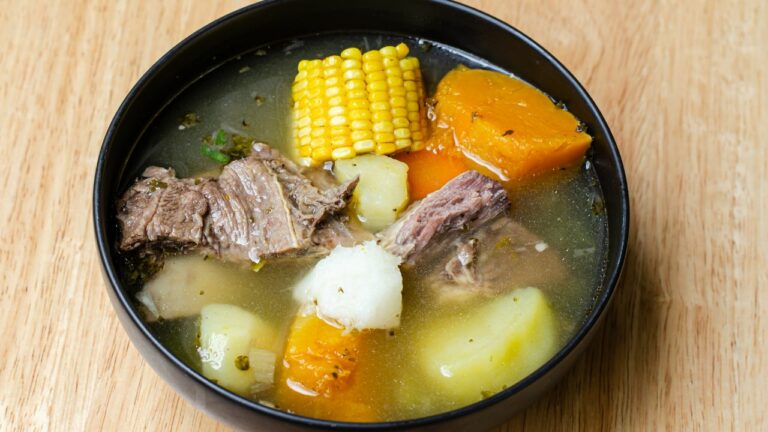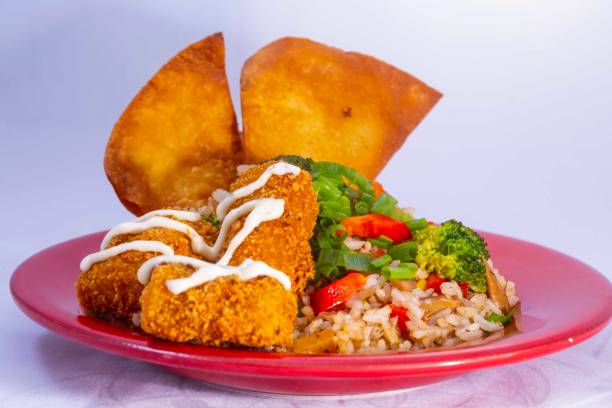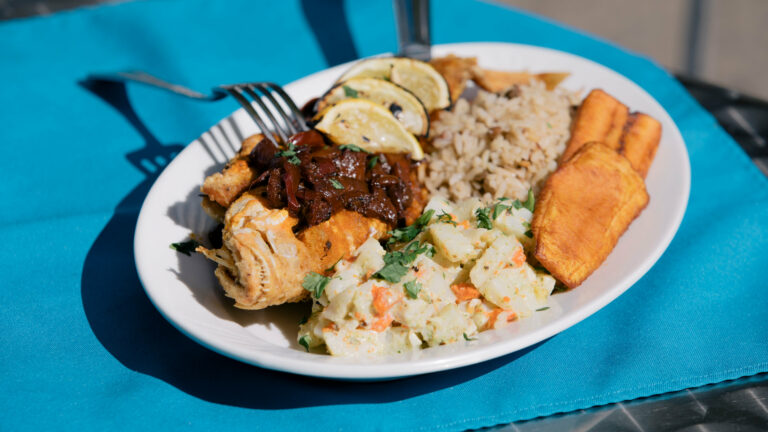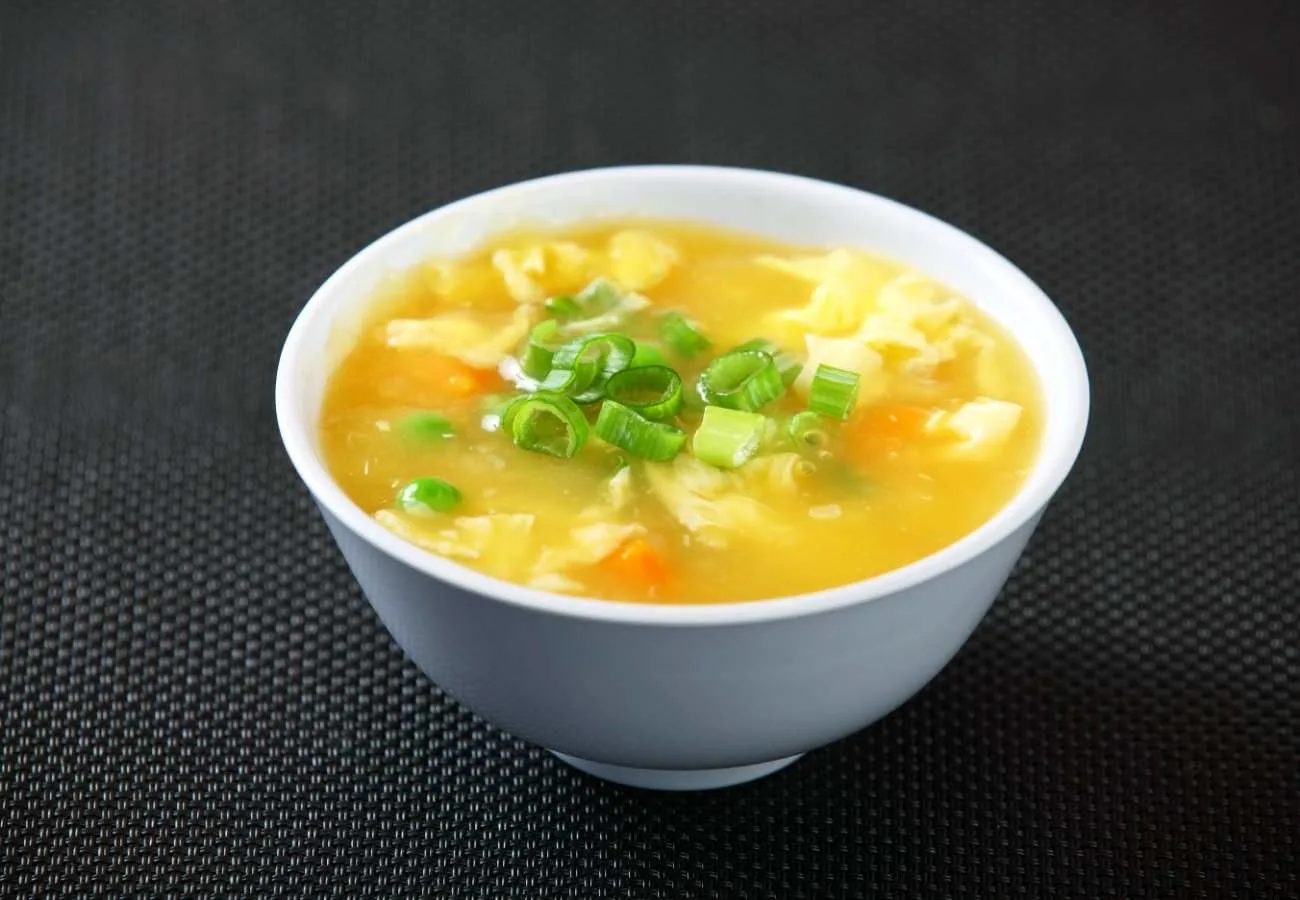Introduction: Palauan Cuisine
Palauan cuisine is a unique fusion of Pacific Islander and Asian flavors that are influenced by its geography. The country is located in the western Pacific Ocean, and its cuisine is primarily seafood-based, with an abundance of fish and shellfish. Palauan cuisine is known for its rich and exotic flavors, which are derived from the use of local ingredients, herbs, and spices.
Pacific Islander Influence on Palauan Cuisine
Pacific Islander cuisine has been a significant influence on Palauan cuisine, as both share a similar geographical location. Palauan cuisine uses a lot of coconut milk, taro, yams, bananas, and breadfruit, which are staples in Pacific Islander cuisine. The cuisine is also characterized by its use of fresh seafood, including fish, shellfish, and seaweed. Palauan dishes such as the traditional dish “Bai,” which is made of taro and coconut milk, reflect this Pacific Islander influence.
Asian Influence on Palauan Cuisine
Palauan cuisine also has a significant Asian influence, particularly from the Philippines, China, and Japan. Palauan cuisine uses a lot of soy sauce, rice, noodles, ginger, and garlic, which are staples in Asian cuisine. The use of rice is particularly notable in Palauan cuisine, where it is served in a variety of forms, including plain, fried, and steamed. The dish “Ginger Chicken,” which is a popular Palauan dish, reflects this Asian influence, as it is made with ginger and soy sauce.
Ingredients Used in Palauan Cuisine
Palauan cuisine uses a variety of ingredients that are unique to the country. Coconut milk, taro, yams, bananas, breadfruit, and pandanus leaves are common ingredients used in Palauan dishes. The cuisine also uses a variety of seafood, including fish, shellfish, and seaweed. Other ingredients commonly used in Palauan cuisine include ginger, garlic, soy sauce, and rice.
Fusion of Pacific Islander and Asian Cuisines
The fusion of Pacific Islander and Asian cuisines is what makes Palauan cuisine unique. The combination of ingredients and cooking techniques from both cuisines has resulted in a rich and exotic culinary tradition. The dish “Palauan Fried Rice” is an excellent example of this fusion, as it combines the use of rice, soy sauce, and vegetables from Asian cuisine with the addition of coconut milk and local seafood from Pacific Islander cuisine.
Modern Palauan Cuisine
Modern Palauan cuisine has evolved to incorporate a variety of international flavors and techniques. The country’s growing tourism industry has helped to introduce new ingredients and cooking methods to the cuisine. Today, Palauan cuisine reflects a diverse range of influences, including American and European cuisine. However, the cuisine remains true to its roots, incorporating local ingredients and traditional cooking techniques. Popular modern Palauan dishes include “Grilled Mahi-Mahi” and “Palauan-style Sashimi.”
In conclusion, the influence of Pacific Islander and Asian cuisines on Palauan cuisine has resulted in a unique culinary tradition. The fusion of ingredients and cooking techniques from both cuisines has resulted in a rich and exotic flavor that is truly unique to Palauan cuisine. Today, Palauan cuisine continues to evolve, incorporating new ingredients and techniques while remaining true to its roots.

